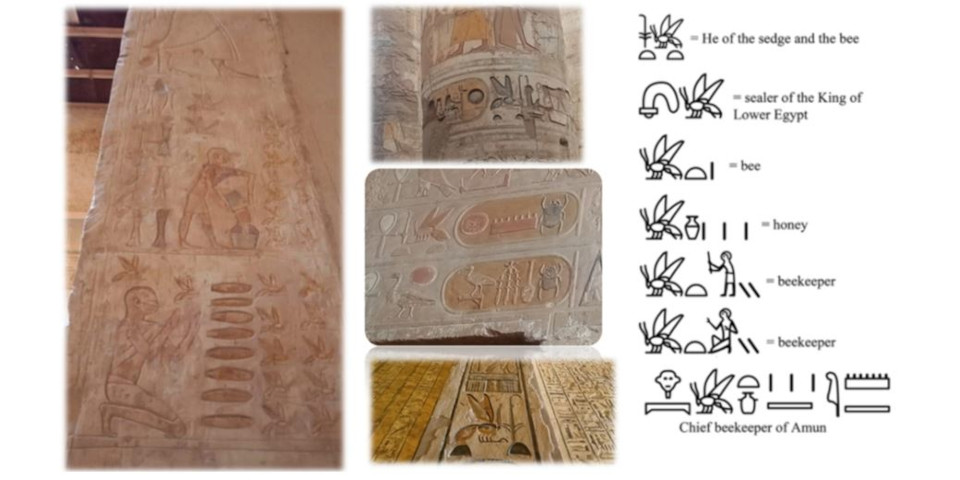Egypt has an ongoing long history with beekeeping, which started with the ancientEgyptians making various reliefs and inscriptions of beekeeping on their tombs and temples. TheEgyptian honeybee (Apis mellifera lamarckii) is an authentic Egyptian honeybee subspecies utilized inapiculture. A. m. lamarckii is a distinct honeybee subspecies that has a particular body color, size, andhigh levels of hygienic behavior. Additionally, it has distinctive characteristics; including the presence of the half-queens, an excessive number of swarm cells, high adaptability to climatic conditions,good resistance to specific bee diseases, including the Varro disorder, and continuous breeding duringthe whole year despite low productivity, using very little propolis, and tending to abscond readily.This review discusses the history of beekeeping in Egypt and its current situation in addition to itsmorphology, genetic analysis, and distinctive characters, and the defensive behaviors of native A. m.lamarckii subspecies.
2412 Members
127 Countries!
127 Countries!










